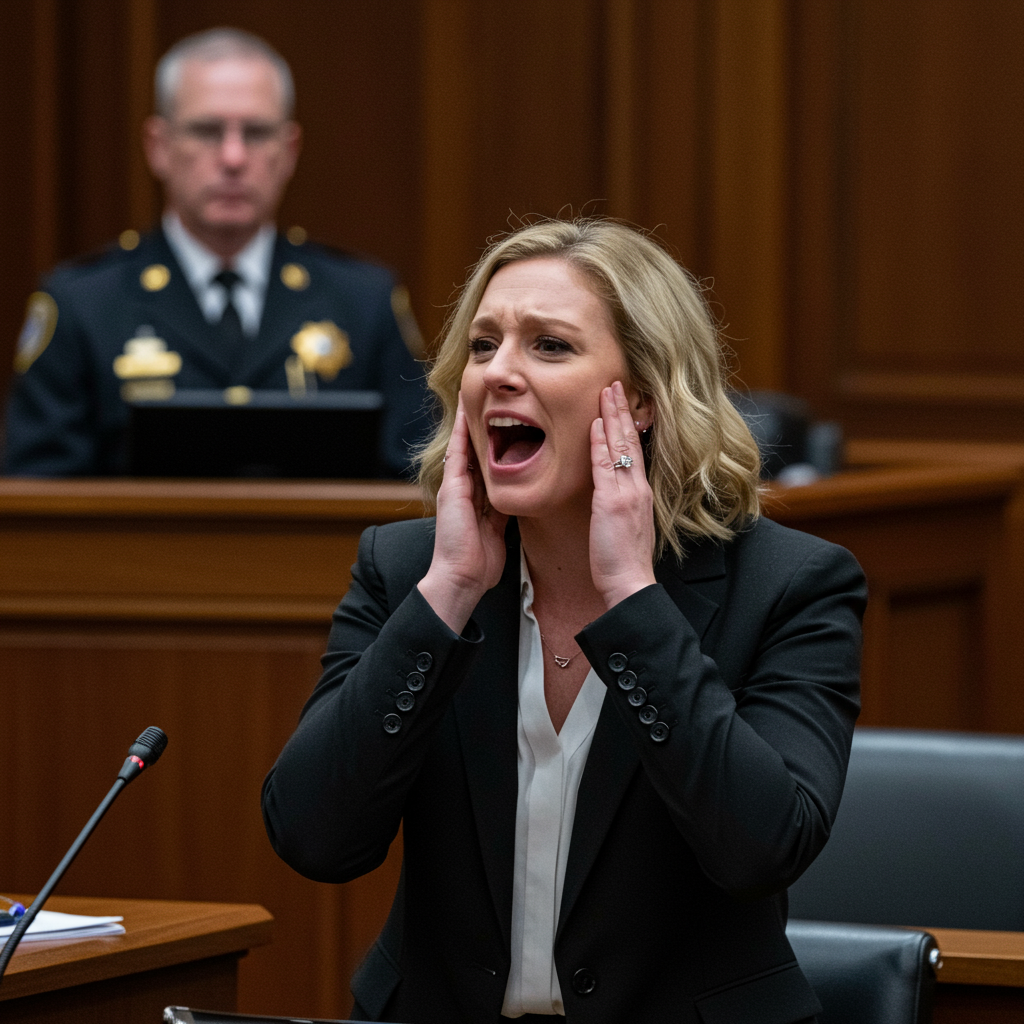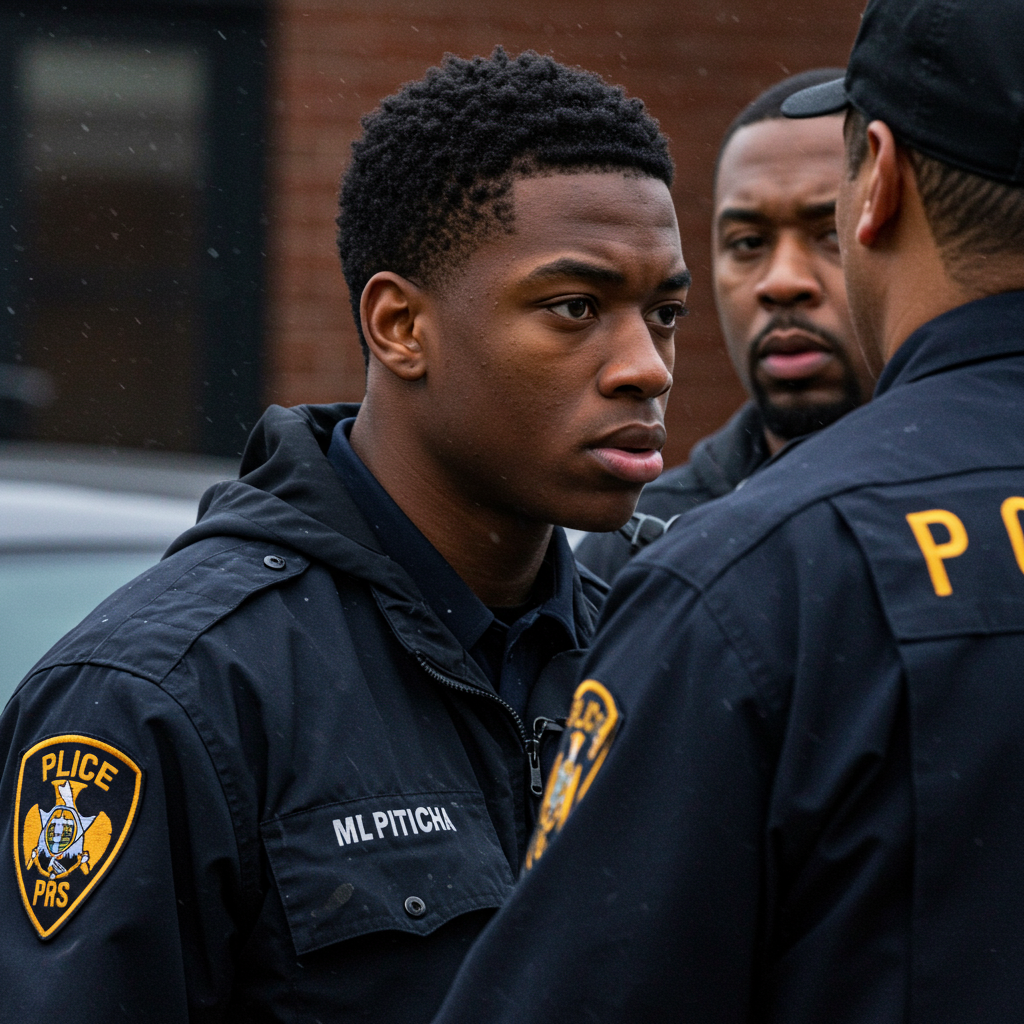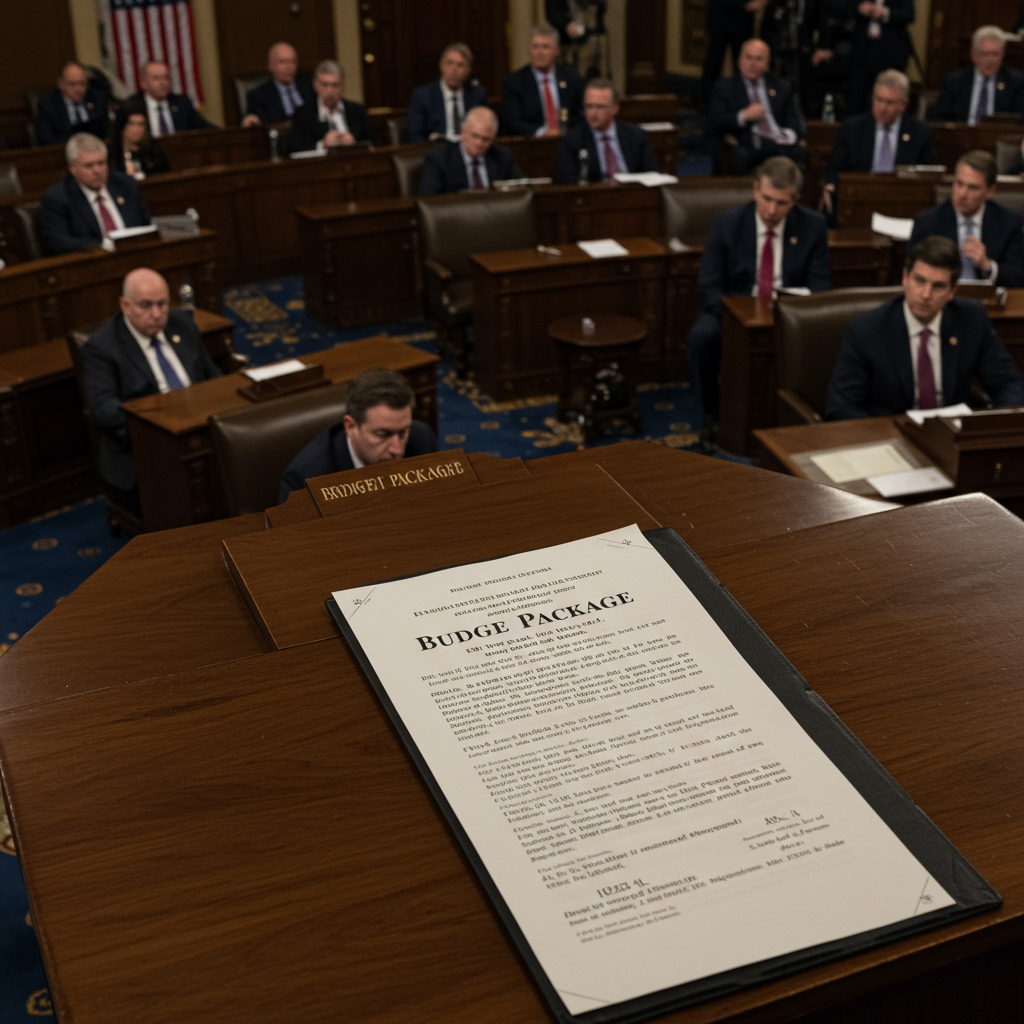A high-profile legal saga that captured national attention has reached a dramatic conclusion. Karen Read, accused in the death of her boyfriend, Boston Police Officer John O’Keefe, was acquitted of the most serious charges following a highly publicized second trial in Dedham, Massachusetts.
The verdict, delivered by a jury in Norfolk Superior Court on Wednesday, found Read not guilty of second-degree murder, motor vehicle manslaughter while driving under the influence, and leaving the scene of an accident resulting in death. She was, however, found guilty of the lesser charge of operating a motor vehicle under the influence of liquor and was sentenced to one year of probation.
Exiting the courthouse to cheers from a large crowd of supporters, Read expressed gratitude to her legal team and those who stood by her, stating that “no one has fought harder for justice for John O’Keefe” than she has.
A Case of Two Starkly Different Theories
The trial centered on conflicting narratives surrounding O’Keefe’s death in January 2022. O’Keefe was found unresponsive in the snow outside a Canton home belonging to Brian Albert, a Boston Police Detective.
The Prosecution’s Case: Prosecutors alleged Karen Read, after a night of drinking with O’Keefe and friends, drunkenly struck him with her Lexus SUV while backing up and left him to die in severe blizzard conditions. They presented evidence including a shattered rear taillight on Read’s vehicle, scratch marks, O’Keefe’s DNA allegedly found on the broken taillight, and testimony from first responders and others who claimed Read made statements like “I hit him.” The medical examiner concluded O’Keefe died from hypothermia and blunt force trauma, including multiple skull fractures.
The Defense’s Case: The defense vehemently argued Read was innocent and the victim of a wide-ranging cover-up involving members of law enforcement tied to the Albert family. Their theory proposed that O’Keefe was severely beaten inside the Albert home and his body was subsequently moved outside into the snow. Defense attorneys contended that key evidence, particularly the DNA on Read’s car, was planted and that O’Keefe’s injuries were inconsistent with being solely hit by a vehicle.
Key Courtroom Battles and Strategic Decisions
The second trial presented significant differences compared to Read’s first trial, which ended in a hung jury.
Prosecution’s Elevated Approach: The Commonwealth brought in Special Prosecutor Hank Brennan, noted for his strong courtroom presence, who meticulously examined and cross-examined witnesses. The prosecution also leveraged Karen Read’s numerous public interviews conducted between the two trials, introducing clips where she made statements the prosecution argued were against her own interest.
Defense Focus on Reasonable Doubt: While the defense maintained their belief Read was framed, their primary courtroom strategy revolved around creating “reasonable doubt.” They repeatedly highlighted uncertainties, particularly concerning the origin of O’Keefe’s arm injuries and the discovery of taillight fragments in his clothing, arguing the prosecution could not definitively prove how these occurred beyond a reasonable doubt.
Absent Witnesses and Cover-Up Allegations: Notably, several key figures who testified for the prosecution in the first trial did not take the stand in the retrial, including lead investigator Massachusetts State Trooper Michael Proctor, homeowner Brian Albert, and ATF Agent Brian Higgins. The prosecution strategically chose not to call them, leaving the defense hesitant to call potentially hostile witnesses for direct examination. Despite their absence, information about these individuals, including Trooper Proctor’s problematic and misogynistic text messages about Read (for which he was later fired by the State Police, though not criminally charged), was introduced through other witnesses, fueling the defense’s cover-up narrative. A federal investigation into the handling of the O’Keefe inquiry also concluded without criminal charges against law enforcement personnel, though it became public knowledge before the second trial began.
The Disputed Testimony of Jennifer McCabe: A critical witness was Jennifer McCabe, present at the bar and the Albert home the night O’Keefe died, and involved in the search the next morning. The prosecution relied on her testimony, including claims that O’Keefe never entered the house (supported by phone records) and that Read repeatedly asked, “Could I have hit him?” and stated, “I hit him,” upon finding O’Keefe. The defense aggressively cross-examined McCabe, highlighting her familial ties to Brian Albert, questioning inconsistencies in her accounts, and presenting text messages the defense characterized as “damage control.” The defense also focused on a highly debated Google search (“Hos long to die in cold”) found on McCabe’s phone, which the defense claimed was made hours before O’Keefe’s body was found, suggesting prior knowledge, while McCabe and the prosecution contended it was searched later at Read’s request.
- Evidence Challenges: The prosecution also presented forensic evidence, such as an expert’s testimony estimating Read’s blood alcohol content hours after the incident and analysis of O’Keefe’s cell phone data which appeared to show his steps ending shortly after exiting Read’s vehicle. The defense countered these points, arguing the phone data didn’t preclude O’Keefe entering the home and being attacked, and disputing the accuracy of the BAC extrapolation. Ultimately, the jury seemingly found the defense’s arguments for reasonable doubt persuasive enough to overcome the prosecution’s evidence on the most serious charges.
- www.eonline.com
- abc17news.com
- keyt.com
Public Support and Unanswered Questions
The case garnered significant public attention, partly fueled by a passionate grassroots movement of supporters who believed Read was being framed due to alleged corruption within local law enforcement and government. This movement became a symbol for perceived systemic issues in their community.
The jury’s deliberations included a brief moment where they indicated a verdict was reached, only to require more time. The contents of this initially sealed slip remain undisclosed, adding a layer of mystery to the process, though the final unanimous verdict was accepted by the judge.
While Karen Read has been acquitted, questions linger about the full circumstances of John O’Keefe’s death. His family and those who followed the case continue to seek definitive answers regarding what exactly happened that night and whether anyone else bears responsibility. Despite the conclusion of the trial and the federal investigation, the events surrounding O’Keefe’s death remain, for many, an unresolved mystery.




